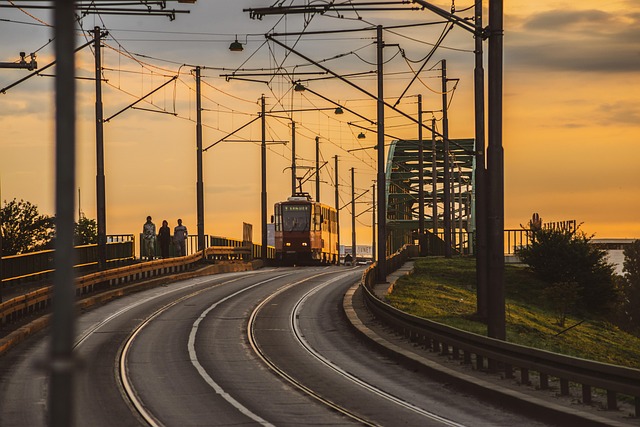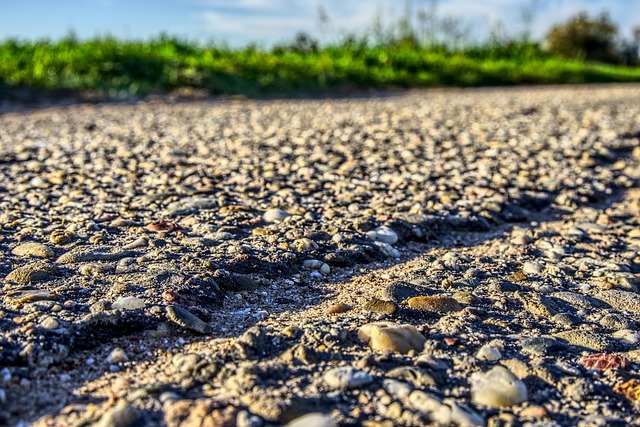As we grapple with the impacts of climate change, the discussion often hones in on its visible effects—rising sea levels, intensified storms, and droughts that stretch for months. However, one critical but often overlooked aspect is the infrastructure damage that accompanies these extreme weather events. Our roads, bridges, and buildings, essential for everyday life, are increasingly vulnerable to destruction from the forces of nature.
The environment is not just a backdrop to our lives; it is a dynamic entity that shapes and is shaped by human activity. The relationship we have with it is symbiotic yet fragile. When extreme weather events strike, they do not merely disrupt our daily routines; they expose the weaknesses in our infrastructure. For instance, a heavy rainfall can lead to flash floods that wash away entire road segments, making them impassable. Similarly, heatwaves can cause roads to buckle and bridges to warp, leading to costly repairs and sometimes even irreversible damage.
Climate change acts as a catalyst, exacerbating these events. As global temperatures rise, we witness a growing frequency of hurricanes, wildfires, and heavy rainfall. Each of these natural disasters contributes to infrastructure damage that can take years to recover from. Communities find themselves caught in a cycle of repair and rebuilding, only to face the next inevitable weather event. This relentless cycle places a heavy financial burden on local governments and taxpayers alike, who must allocate resources to fix not just the damage but also to implement measures for future resilience.
Moreover, the ramifications of this infrastructure damage extend beyond immediate financial costs. Broken roads and damaged bridges disrupt transportation networks, leading to logistical nightmares for businesses and everyday commuters. Essential services, like emergency responders, may find their routes blocked, putting lives at risk. And let’s not forget the environmental toll of rebuilding efforts, which often require substantial resources and can lead to further habitat destruction. The search for balance between the need for robust infrastructure and the preservation of the environment can feel daunting, and yet it is essential.
The challenge of mitigating infrastructure damage calls for innovation and collaboration. Policymakers, engineers, and environmentalists must work in tandem to redesign our infrastructure systems, ensuring they are resilient against the increasing unpredictability of weather patterns. Strategies such as green roofing, permeable pavements, and elevated structures are being explored, all aimed at mitigating future risks. It’s a tall order, but one that is vital for the health of our communities and the environment.
In our everyday lives, we may feel disconnected from these large-scale decisions; however, it’s important to remember that we all play a role. Advocating for sustainable practices, supporting local initiatives, and demanding climate-conscious policies can make a difference. As the challenges posed by climate change continue to intensify, it is essential to remain vigilant and proactive in tackling infrastructure damage to create a future that values both people and the planet.




